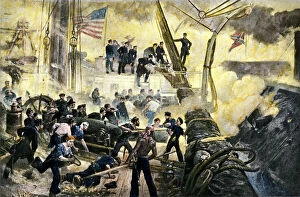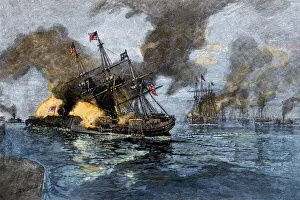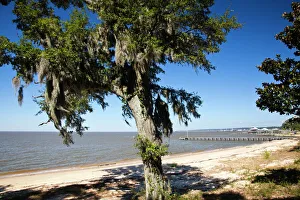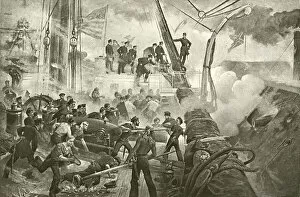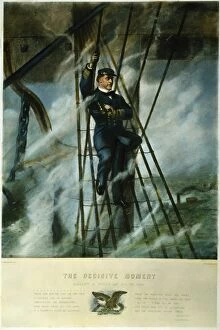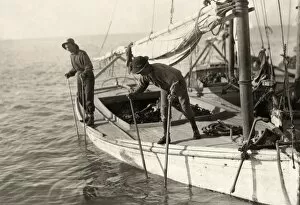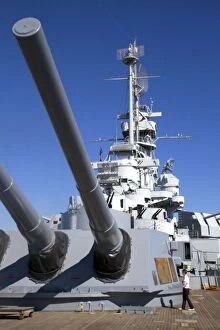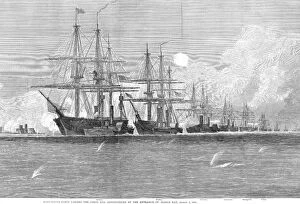Mobile Bay Collection
Mobile Bay, located in Alabama, holds a significant place in American history. In 1864, during the Civil War, the Battle took place here
All Professionally Made to Order for Quick Shipping
Mobile Bay, located in Alabama, holds a significant place in American history. In 1864, during the Civil War, the Battle took place here. This battle saw the clash between Confederate and Union forces, with the Federal fleet ultimately emerging victorious. One iconic image from this historic event is that of the Confederate ironclad ram Tennessee being captured by Union forces on August 5th. The bravery and determination displayed by both sides during this battle are immortalized in engravings and artwork from that time. Today, Mobile Bay remains a picturesque destination for locals and tourists alike. Fairhope, a charming town situated on its shores, offers stunning beaches where visitors can relax and enjoy the beauty of their surroundings. Gulf Shores is another popular spot within the Mobile Bay area known for its beach houses that provide an idyllic retreat. For those interested in delving deeper into history while visiting Mobile Bay, Battleship Memorial Park showcases Calamity Jane B-52D bomber as part of its collection. This park serves as a reminder of America's military heritage. The name most associated with Mobile Bay is Rear Admiral David Glasgow Farragut who played a pivotal role in securing victory for Union forces during the Battle of Mobile Bay. His leadership skills were evident as he fearlessly commanded his flagship USS Hartford from high up in its rigging. From naval victories to serene beaches dotted with beach houses along its shores, Mobile Bay continues to captivate visitors today just as it did over a century ago during one of America's defining moments - The Battle in 1864.

